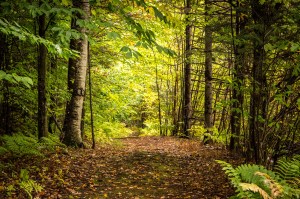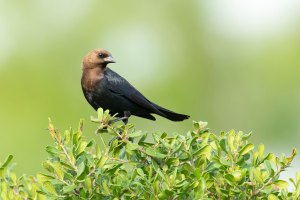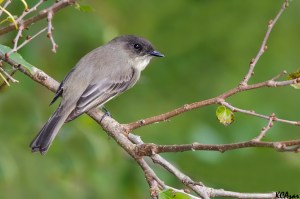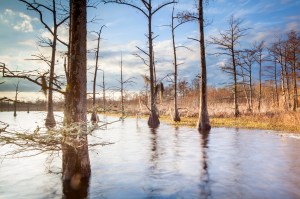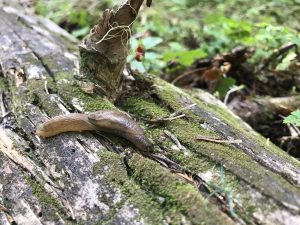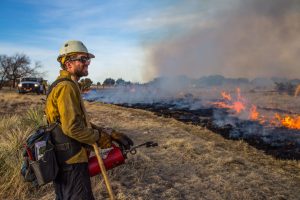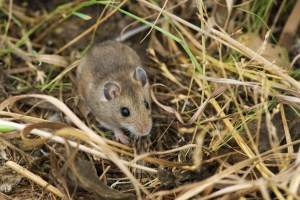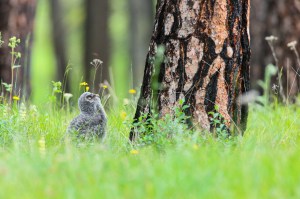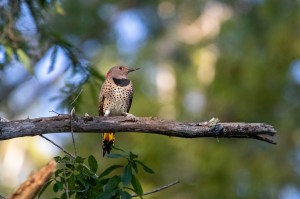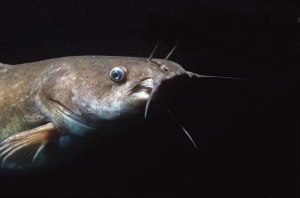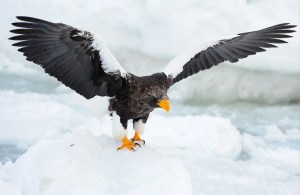Discover stories in North America
Lost Orchid Found: Flower “Extinct” Since 1902 Blooms
An amateur naturalist finds a plant that’s been “extinct” for more than a century.
It’s a Trap: Managing Cowbirds to Save Songbirds
Trapping cowbirds may be necessary to protect some songbird species. But when is trapping too much?
How to Remove Skunk Scent (And No, It’s Not Tomato Juice)
Did your pet have a run-in with a skunk? Here’s a three-ingredient recipe that actually works to remove the stench. No tomato juice required.
Meet the Eastern Phoebe, the Flycatcher that Coexists with Humans
Cool facts and backyard tips about the eastern phoebe.
Protecting and Restoring the Floodplain Forest
Floodplain forests are among the most biologically rich habitats, but they’re critically imperiled.
The Jumping Slugs of the Pacific Northwest
Meet the strange slugs that do a breakdance for defense.
Wildfire Resilience Treatments Work
With the western United States facing increasingly severe fires and a megadrought, active forest management offers a more resilient future.
Deer Mice: Get to Know North America’s Most Abundant Mammal
New science and strange facts about North America’s quintessential rodent.
The Mysteries of the Ponderosa Pine
Take a look at the ponderosa pine and the many creatures that rely on it.
Why Do Flickers Knock on Your House?
Knock and roll: Get to know the northern flicker.
Big Gulp: Blue Catfish Eats Wood Duck
Blue catfish will eat just about anything. Including a duck.
An Asian Sea Eagle Is Roaming New England
A Steller's sea eagle has turned up in New England. Learn more about this bird's remarkable and unexpected journey.
